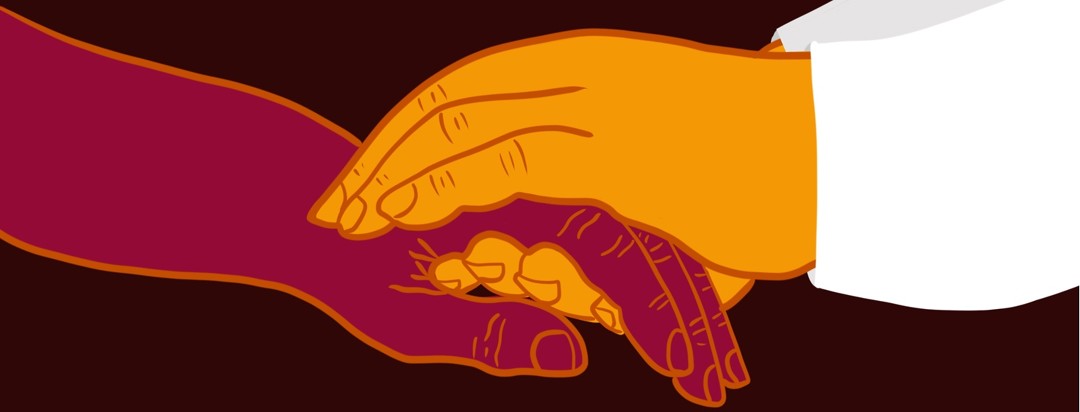Aid In Dying
When an individual has a disease that is incurable and may cause a significant amount of pain and suffering, they may choose to seek assistance in dying. The language and terminology around this practice can be tricky, and not all terminology means the same thing, even though it may sound similar. Physician aid in dying (PAD) is a subject that is imbued with value judgments, hotly debated, and not legal in most states.
If an individual who lives in a state where PAD is legal and has metastatic breast cancer, at some point they may consider PAD. Knowing what the restrictions are and what is involved can provide you with the information you need to make an informed decision about a difficult topic.
What is PAD?
PAD involves a physician prescribing medications that when taken in a certain dose, will be lethal.1,2 However, it is the individual’s decision when and whether to take the medication.1,2 It is not the same as euthanasia, in that with PAD, the individual makes the decision to take the medications and administers the drug themselves.1 Euthanasia is when a third party gives medications to end a person’s life or acts specifically in ways to end a person’s life, and is illegal in every state.1
PAD is different from several other practices that some may find controversial in end-of-life care, including1:
- Withdrawing or withholding life-sustaining treatments - sometimes, competent individuals request that no more life-prolonging or sustaining treatment is to be given; this decision is typically allowed by law.
- Pain medication given that may hasten death - many individuals who are terminally ill and in pain require larger doses of pain medications that have the side effect of impairing breathing. The main objective is to relieve pain, knowing that it may cause death; this is generally allowed and supported because of the main goal.
- Palliative sedation - this is when a terminally ill individual needs sedation because of the intensity of pain and suffering that is not relieved by any kind of pain medication; these patients are actively and imminently dying. When pain and suffering are not able to be controlled or relieved even by pain specialists, palliative sedation is allowed.
Is PAD legal?
PAD is legal in Oregon, Washington, and Vermont.1 It has been legalized in very specific situations, and in Montana, a lower court has ruled that PAD is legal under the State Constitution.1 In all other states, it is illegal.
The laws in these states regarding PAD are extremely specific regarding patient eligibility, age restrictions, and criteria that need to be upheld by two independent physicians regarding eligibility. A person is usually eligible for PAD if they are over the age of 18 and have a terminal illness with a life expectancy of 6 months or less.1 There is also a specific request process for PAD with waiting periods after each request (there need to be two oral requests and one written), and an individual must be able to give themselves the medication – they need to have both the physical and mental capacity to take the drugs and understand what they are doing.1 Physicians are also able to decline prescribing such medication and are not obligated to do so.
Things to consider
If you live in a state where PAD is legal, are living with metastatic breast cancer, and want more information about PAD, talk with your doctor about it. They will be able to provide you with more information about the legal definitions, circumstances, and procedures of PAD, as well as give you the names of organizations about PAD that can provide resources and assistance to individuals and their families.

Join the conversation